Results 1 to 10 of 65
Thread: O1 heat treating problem
Threaded View
-
11-17-2015, 10:51 PM #1
 O1 heat treating problem
O1 heat treating problem
Hi Gents!
I'm in big trouble.
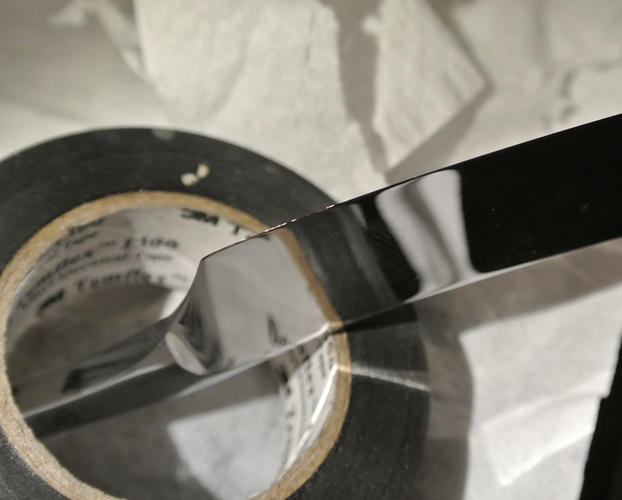
I made the following process:
normalizing: none.
soaking: ~805C/1480F, 15 min.
quenching oil: 50C, 30-40 sec.
tempering: after cool enough to touch, 205C/400F, 2x1h (between cooling to room temperature)
It seemed all right but I can't sharpen the blade. The edge is very sensitive (see the pic). What did I do wrong?
More picture from the heat treatment process (on the first pic: the first few minutes on 1480F):
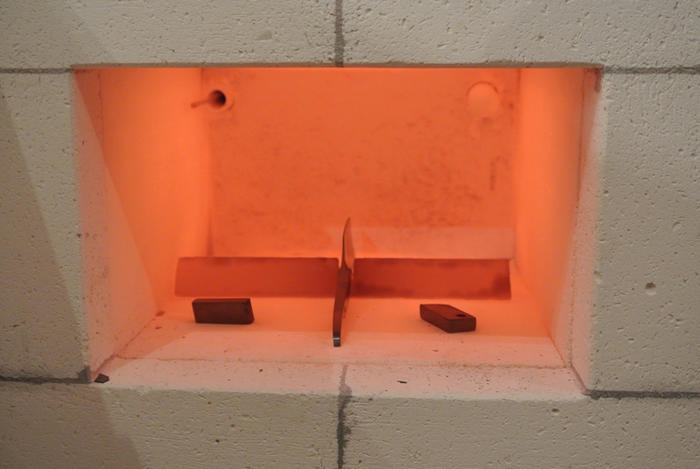
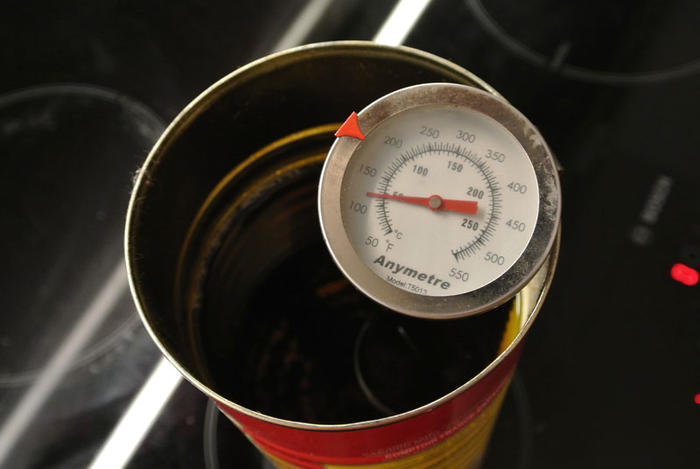
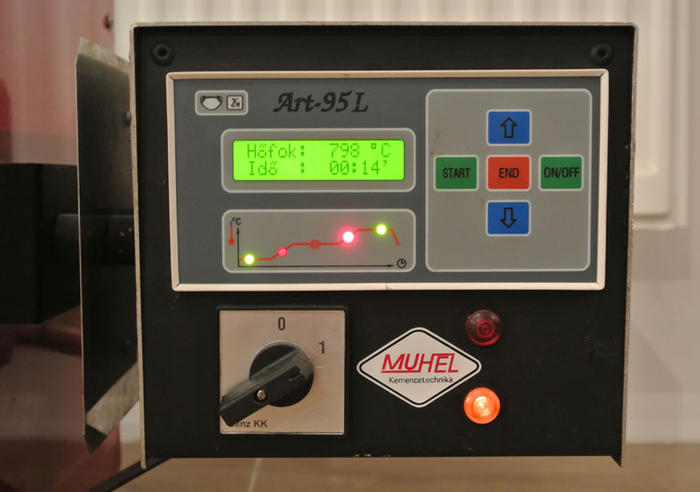
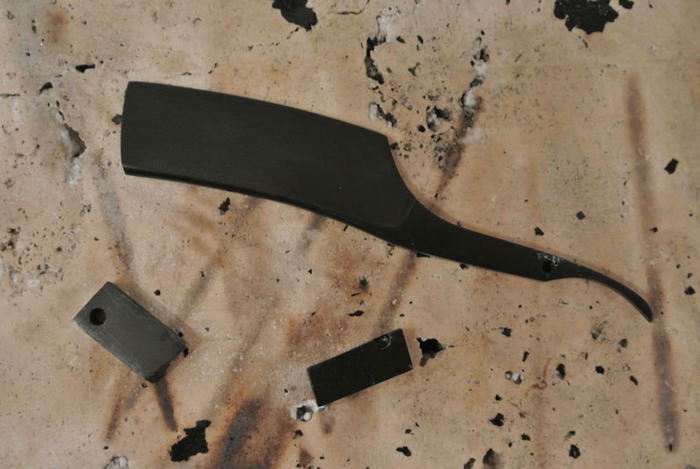
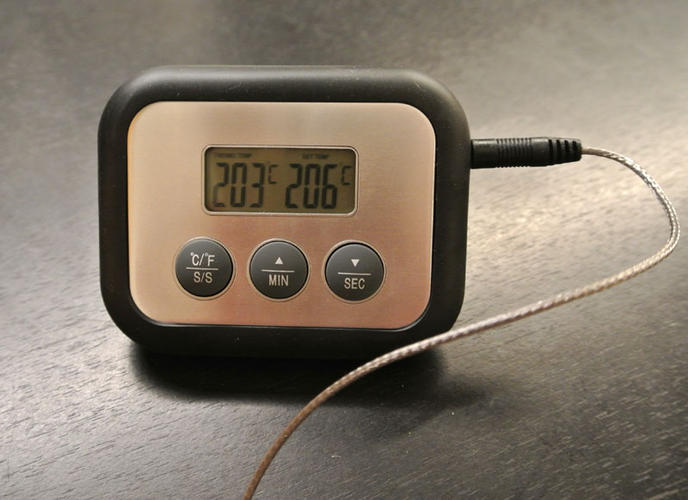
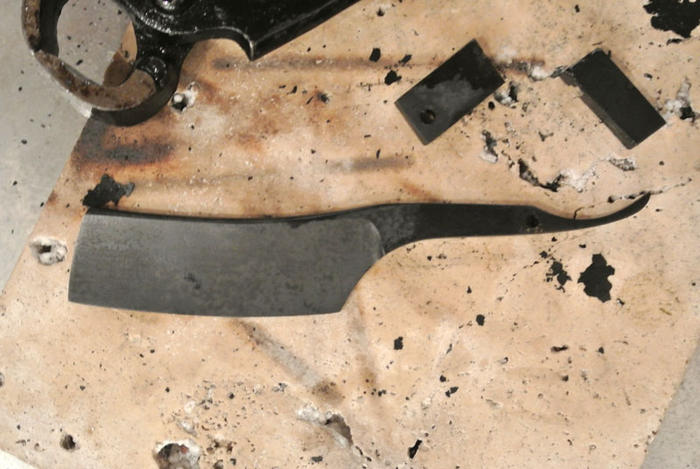
Thank you in advance for your help!gregg


 88Likes
88Likes LinkBack URL
LinkBack URL About LinkBacks
About LinkBacks






 Reply With Quote
Reply With Quote